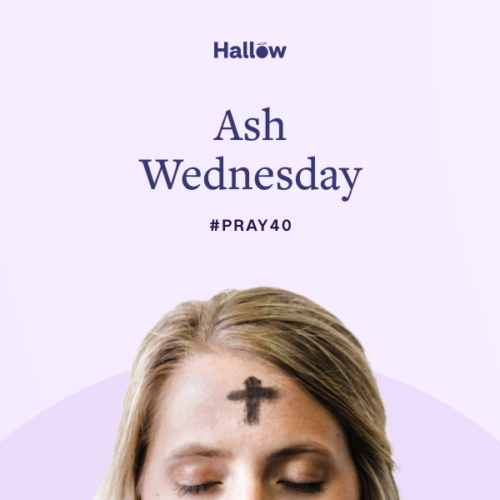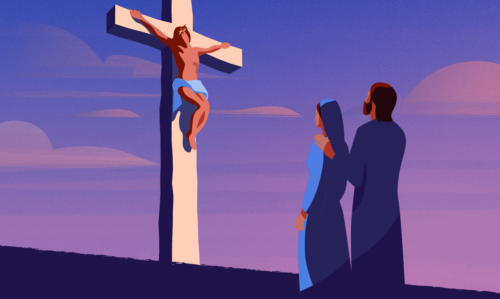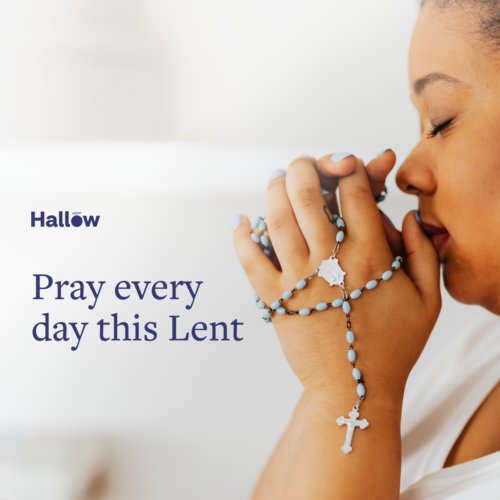
Lent 2026: The Complete Guide to the Catholic Season of Lent
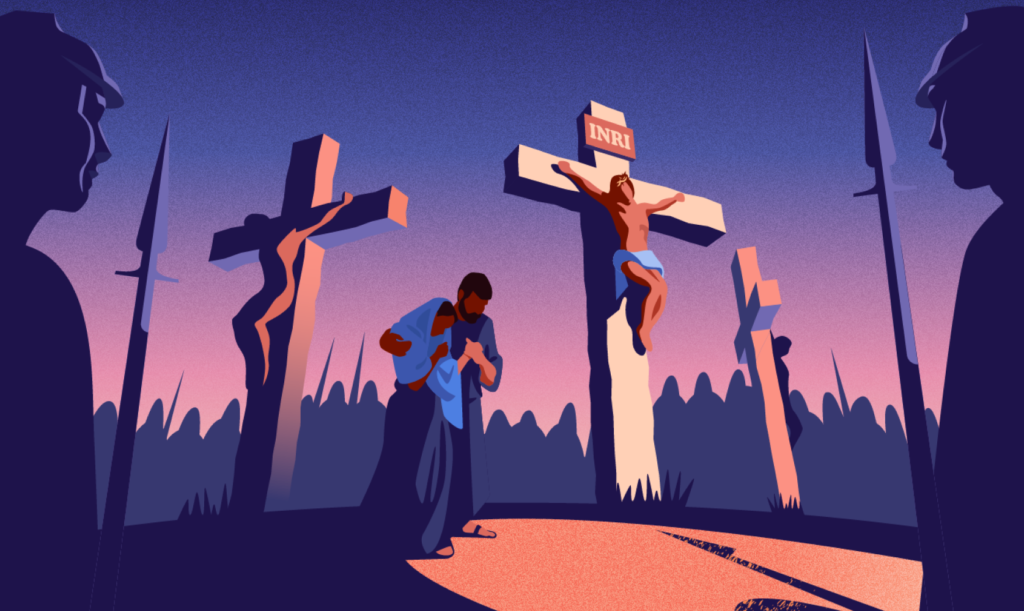
The weather begins to change, calendars continue to turn, Christmas and New Year’s celebrations drift further into the rearview mirror.
All are signs that Lent is drawing near.
Lent is one of the five seasons of the Catholic liturgical calendar, along with Advent, Christmas, Easter, and Ordinary Time.
It precedes Easter and is a solemn period centered on prayer, fasting, and almsgiving. While Lent is often associated with the Catholic faith, many Christians–including Protestant and Orthodox–observe it.
Hallow–the #1 Catholic prayer app–breaks down everything you need to know about Lent–including the best prayer resources you’ll find anywhere.
Lent can be an incredibly rewarding time for our faith lives. Let Hallow guide you through the most meaningful Lent you’ve ever experienced.
Season of Lent
Like Advent, where we prepare for Jesus’s birth at Christmas, Lent is also a liturgical season of preparation, as we get ready for Easter—the Church’s greatest celebration.
And just like our weather seasons have unique characteristics, so too do seasons within the Church.
In contrast to Advent and Easter, Lent is more solemn. The sacrament of reconciliation–where we ask God for forgiveness–becomes more popular. It’s a time when Christians and Catholics discover how to confess–and the power of God’s forgiveness.
The Stations of the Cross, a tradition often taking place on Fridays during Lent, allow us to pray with of Jesus’s final hours. Weddings and the big celebrations that accompany this wonderful sacrament are less common during this time.
More solemn songs replace celebratory hymns during Mass. Singing our most joyful hymns during Lent would be like throwing an outdoor pool party in the dead of winter: It just doesn’t fit with the season.
Lent is far too important of a season to skip over or treat like any other time of the year.
The first day of Lent is always Ash Wednesday, in which we use ashes on our forehead in the shape of a cross to remember our own mortality and begin our journey of penance.
SEE MORE: Ash Wednesday 2026
Ashes can be distributed during Mass or separately, in shorter services specifically designed for giving out ashes. In fact, some Catholic churches will even send lay members to popular commuter train stations, allowing commuters to receive ashes as they head to work!
During the pandemic, churches utilized everything from “drive-thru” ash distribution, to sprinkling ashes on top of the head (to avoid direct contact) to using Q-tips to mark the sign of the cross. In 2021, Hallow created a digital filter to allow for “virtual” ashes.
This perseverance a testament to the importance of Lent, and this year, it all starts with Ash Wednesday on February 18. 2026.
But the story of Lent begins in the Bible.
Lent: The Biblical Roots
Where does Lent come from? Lent draws its inspiration from the 40 days Jesus spent in the desert.
The Gospels tell us that after his baptism, Jesus fasted in the desert and then was tempted by the devil. He resisted these temptations and then went to Galilee to begin his public ministry.
Then the devil took him up to a very high mountain, and showed him all the kingdoms of the world in their magnificence, and he said to him, “All these I shall give to you, if you will prostrate yourself and worship me.” At this, Jesus said to him, “Get away, Satan! It is written: ‘The Lord, your God, shall you worship and him alone shall you serve.’” Then the devil left him and, behold, angels came and ministered to him.
Matthew 4: 8-11
What to Give Up for Lent
As Ash Wednesday draws near, many Catholics often find themselves wondering what they ought to “give up” for Lent.
Lenten sacrifices can be valuable if they help increase our reliance on Jesus and if the void we create by giving something up opens up space in our hearts for God to fill.
As much as we consider something to abstain from during Lent, we ought to consider what we can commit to as well. What outside actions can we take to better ignite the flame of our faith within us?
Prayer, Fasting and Almsgiving: The Three Pillars
Three key pillars characterize the Lenten season: prayer, fasting, and almsgiving (charity).
The USCCB tells us that during Lent, “we seek the Lord in prayer by reading Sacred Scripture; we serve by giving alms; and we practice self-control through fasting.”
While most Catholics are familiar with “no meat on Fridays” during Lent, fasting and abstinence are important components throughout Lent. This may look like giving up things like gossip, your favorite coffee order, or forgoing music in the car and replacing it with prayer.
Almsgiving reminds us of Jesus’s call to serve and connects us in solidarity with our brothers and sisters in need.
And lastly: prayer. Hallow has a wonderful set of prayer resources for every step of your the Lenten journey.
Lent: Liturgical Changes
Purple (or violet) is the color of the Lenten season and this is reflected in the vestments (chasuble) that a priest wears for most of Lent, starting on Ash Wednesday.
The “Gloria in Excelsis,” normally sung in a celebratory manner, is omitted, as is the “Alleluia” normally sung before the Gospel. “Praise to you, Lord Jesus Christ, King of Endless Glory” often serves as the replacement.
These are subtle reminders to us that we are in the desert with Jesus, inviting God to work in us during this time of sacrifice.
Preparing for Holy Week and Easter
Lent includes Palm Sunday, which presents its own unique liturgy, featuring a procession of the congregation into the church along with, of course, the distribution of palms. It is during this service that the entire Passion story is read aloud as we begin Holy Week.
Lent technically ends on Holy Thursday as we celebrate the Mass of the Lord’s Supper, remembering Jesus’s final meal with his disciples in which he institutes the Eucharist. Following this Mass, the altar and worship space are stripped bare, and the Blessed Sacrament is processed out from the altar to a chapel.
SEE MORE: Holy Week 2026 Schedule
The next day is Good Friday, the only day of the year when Mass is not celebrated (though communion is distributed at some services). Holy Saturday, the day of waiting for the joy of the Resurrection, completes what is known as the Triduum: the three days leading up to Easter Sunday.
Lent Prayers
Above all, Lent is a season of prayer. Deepening our relationship with God during Lent gives meaning to our fasting and strengthens our call to almsgiving.
This Lenten season, allow Hallow to help you draw closer to God with our Pray40 series and other resources to help you find peace.
Lent FAQ
Highlighted by fasting, prayer, and almsgiving, Lent is the penitential period and liturgical season that leads into the celebration of the Easter Triduum.
The observance of Lent as a 40-day time period began after the Council of Nicea in 325 A.D. but periods of fasting before Easter date back even earlier.
Lent has traditionally been associated with the Catholic Church, but some Protestants, Orthodox Christians, and others also observe some form of Lent.
Lent begins with a visible, outward sign of ashes but aims toward inner conversion, helping us repent, avoid distractions, and focus on living the Gospel.
Focus on sacrificing something meaningful that will help you draw closer to God. Better yet, focus on what you can take on: What small acts can you take on to manifest the love that God calls us to share?
Abstaining from meat on Fridays during Lent is a sacrifice and a small act of self-discipline that dates back to the early Church. Fish Frys are popular on Fridays during Lent.
Ash Wednesday and Good Friday feature additional rules for fasting and abstinence. This is in stark contrast to the abundant feasts of Easter.
Violet (purple) is the color of Lent. On Laetare Sunday, priests will wear rose (pink) as a small break from the solemn purple and a reminder that Easter is drawing near. During Palm Sunday and Good Friday, priests wear red vestments.
The color of Easter is white.
There are many different ways to pray during Lent. In 2025, Hallow is once again offering the Pray40 Lent Challenge.
Post updated Aut. 20, 2025
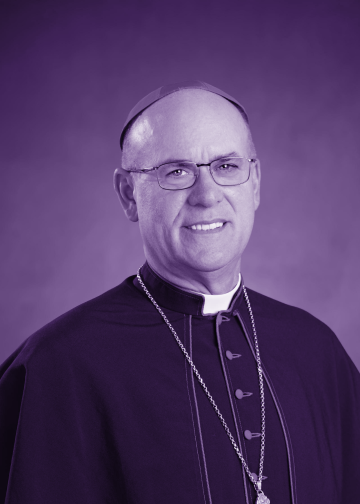
"Hallow is an excellent resource for people searching for deeper spiritual lives, especially the younger generation of Catholics today. It helps make clear that a relationship with God is and can be extremely personal and can be a great source of peace, joy, and strength."
Most Reverend Bishop Kevin C. Rhoades (Bishop of Fort Wayne-South Bend)
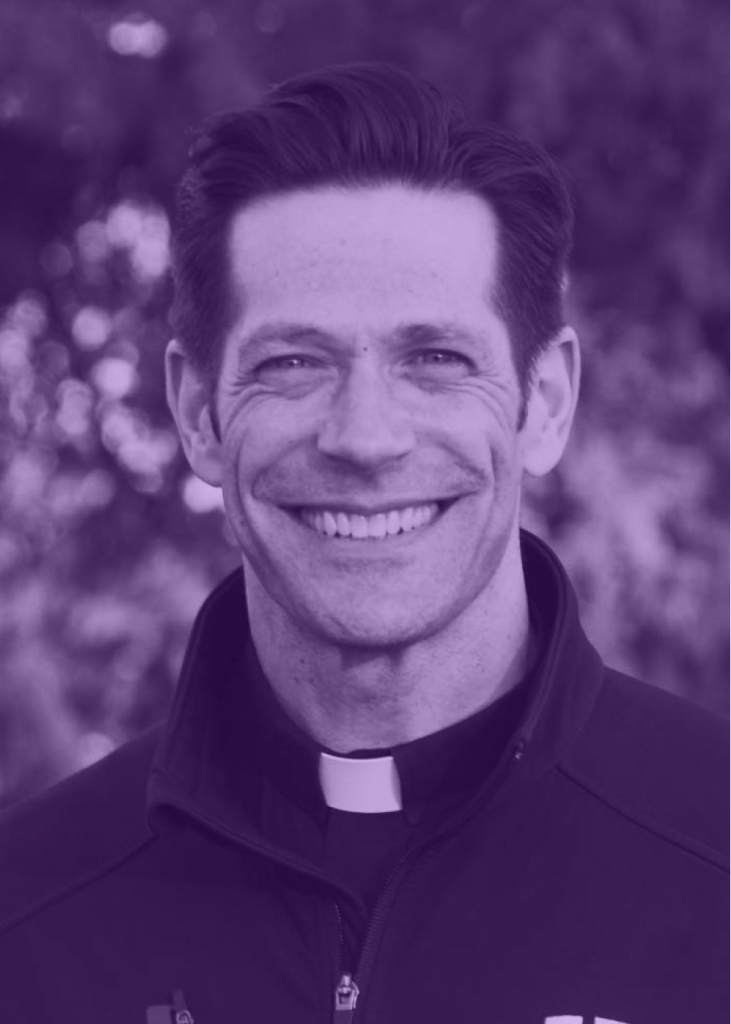
"Prayer is the best way to prepare to meet the Lord when He comes. Try the Hallow App."
Father Mike Schmitz (Director of Youth and Young Adult Ministries, Diocese of Duluth)

"It’s a blessing to find so many rich resources for prayer and meditation in one place. So grateful for the Hallow app!"
Sr. Miriam James Heidland, SOLT (John Paul II Healing Center Presenter & Author of 'Loved as I am')

"Without prayer, we will never recognize the presence of God that nourishes the core of our being. Hallow is a vibrant new tool for helping our generation reclaim such prayer in our lives!"
Jackie & Bobby Angel (Speakers and Authors)

Download Hallow Today
